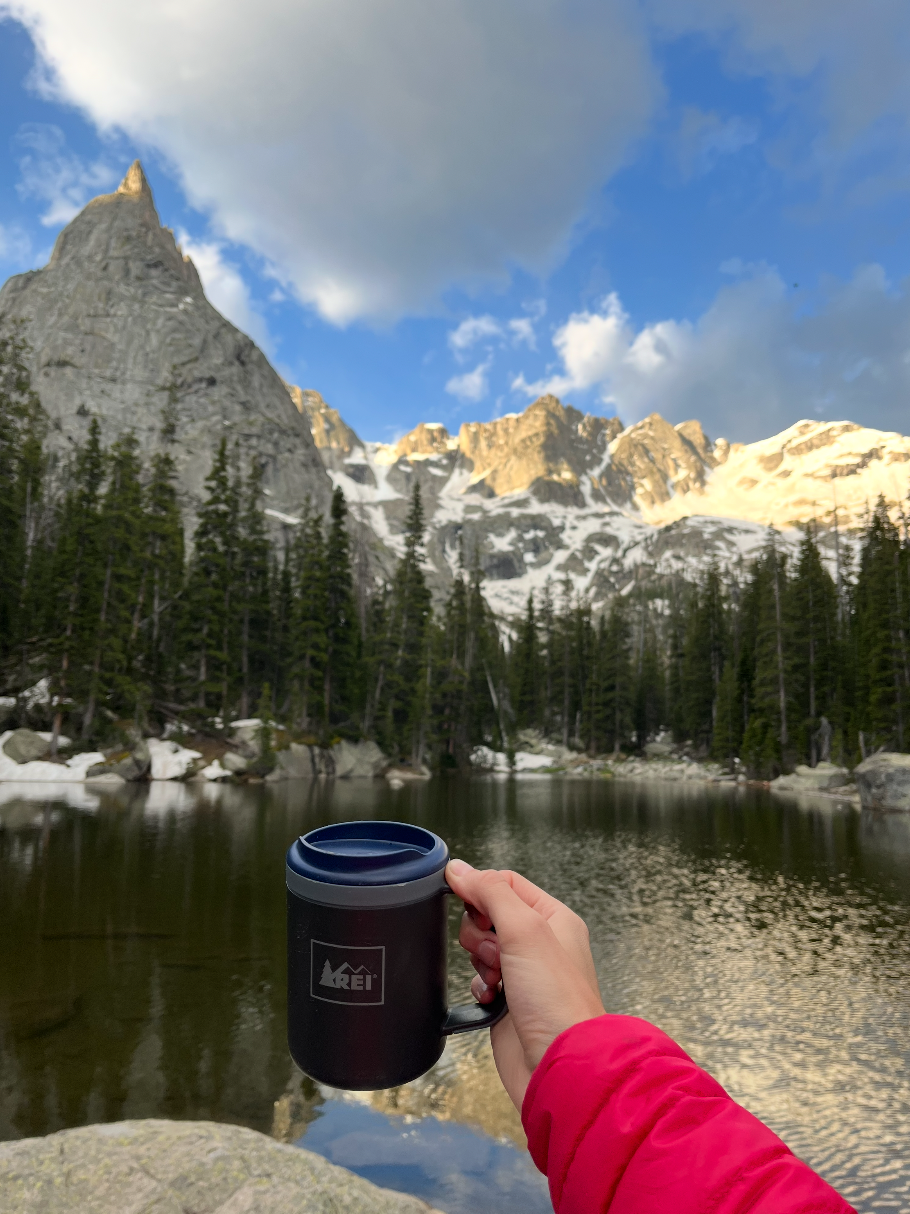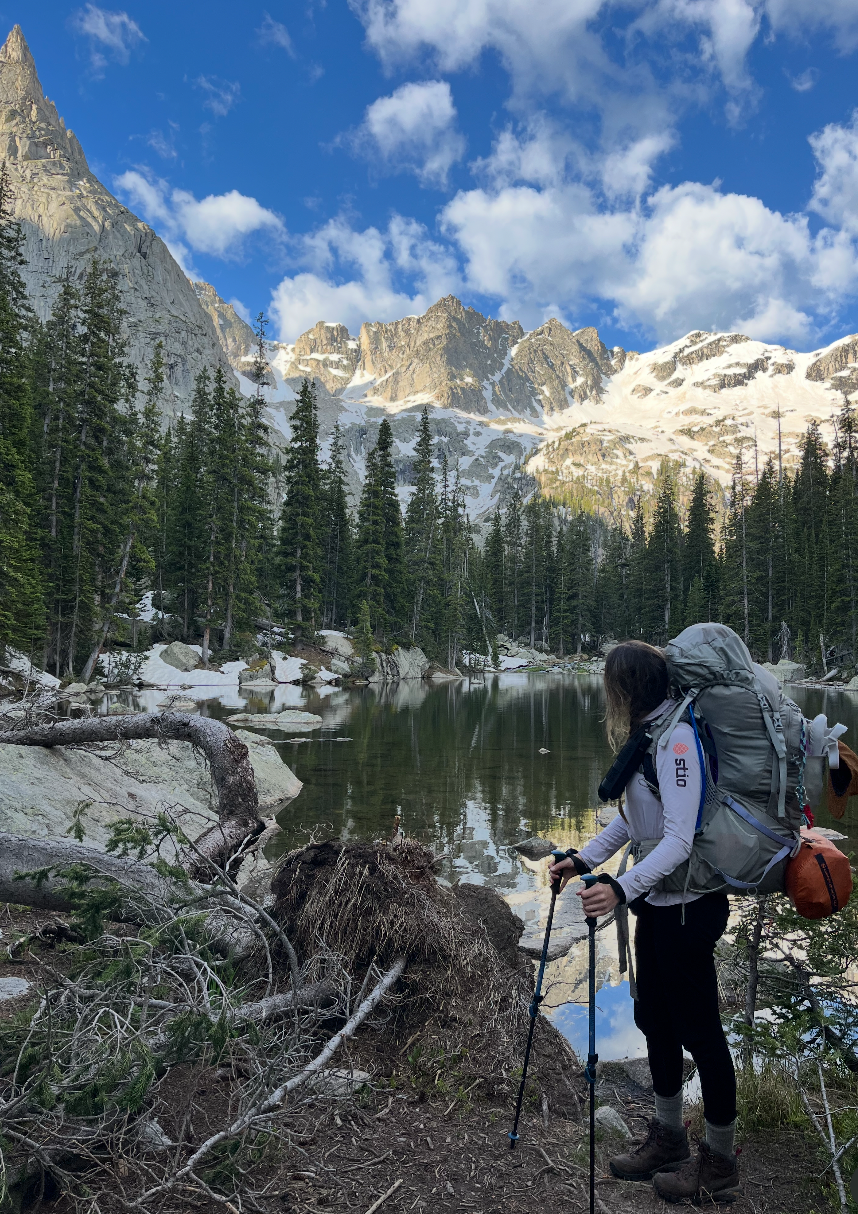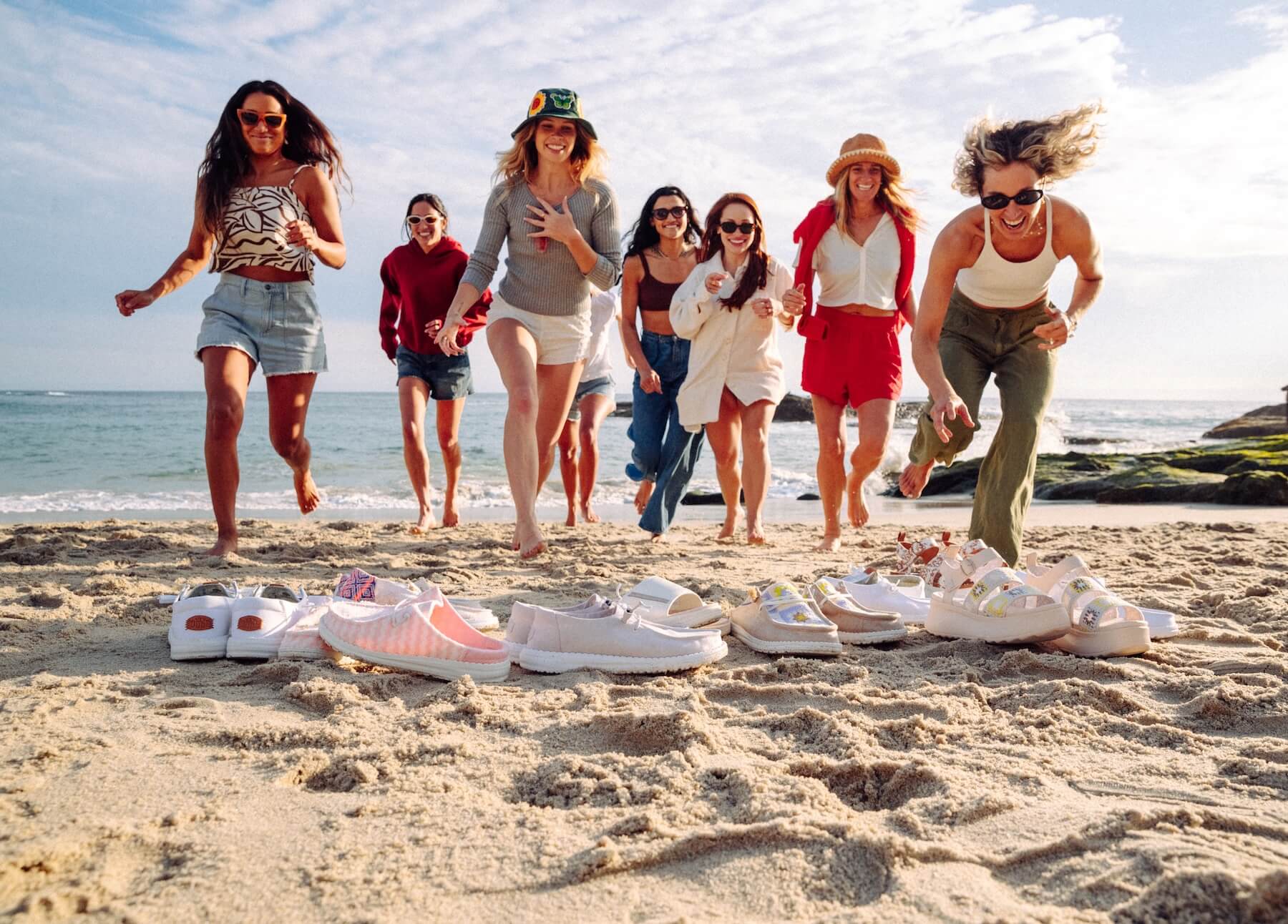How to Be a Storyteller, Not an Ad: A Guide for Outdoor UGC Creators

In today’s world of constant content overload, the online community is with ads everywhere they look.
For outdoor UGC (User-Generated Content) creators, standing out means finding ways to tell stories, not just sell products.
The key to capturing attention and building a loyal community is to make your content authentic, relatable, and engaging.

But how do you avoid falling into the trap of being “just another ad” while still sharing your favorite outdoor gear or experiences? It’s all about storytelling.
Here's how you can shift from selling a product to telling a story that resonates with your audience:
Focus on the Adventure, Not the Gear
While it’s tempting to highlight every feature of a product you’re using on your outdoor adventures, the best stories are about the journey, not the gear. Yes, your gear is important, but the adventure itself is what will keep your audience coming back.
Instead of focusing solely on the product, share your story—what challenges did you face on the trail? How did you overcome obstacles? What did you learn along the way? The gear can be part of that story, but it shouldn't overshadow it.
Example: Rather than saying, “This tent is waterproof and can withstand heavy winds,” tell the story of how you set it up in a storm on a remote mountain, and how it kept you dry and safe. The adventure and the struggle make the product part of the bigger picture, not the sole focus.
Speak to the Emotions of Outdoor Exploration
Outdoor experiences evoke strong emotions—freedom, excitement, awe, and even frustration. Great storytelling taps into these emotions, not just product features.
Instead of listing the technical specifications of your gear, talk about how it enhanced your experience and what it meant to you. Share the feelings you had when you reached that summit, or the tranquility you found by the river. Your audience will connect with those emotions, rather than just the idea of buying something.
Example: Instead of “This backpack has 50 liters of storage space,” say something like, “I was able to carry everything I needed for my solo hike, and even after hours on the trail, this pack felt like part of me—comfortable, reliable, and ready for any adventure.”
Be Real—Authenticity Beats Perfection
No one wants to watch a perfect, staged ad. People want to see real moments, just like they’re experiencing them. As an outdoor UGC creator, being authentic means sharing both the highs and lows of your adventures—whether it’s struggling to find your way on a hike, or the joy of discovering an unknown trail.
This authenticity resonates far more than trying to create a polished, overly-idealized image. Your audience wants to feel like they’re on the journey with you.
Example: Instead of a picture-perfect shot of you with your gear, share a behind-the-scenes moment—maybe you’re packing up in the rain or dealing with a busted tent pole. Share what went wrong and how you dealt with it. It’s real, relatable, and builds trust.
Don’t Sell—Invite Participation
Instead of pushing products on your followers, invite them into your experience. Let them feel like they’re part of your outdoor community. Create content that encourages them to share their own stories and experiences.
For example, ask your followers to share their favorite hiking trails or camping tips in the comments. Feature their content on your page. Involve your community in your journey, and they’ll feel more connected to your brand.
Example: Ask your audience, “What’s your favorite piece of outdoor gear that you can’t live without?” Then, share your own story about a product you love and why it’s part of your outdoor adventures. It’s about sparking a conversation, not just pushing a product.
Keep It Short and Engaging—Don’t Overload on Details
Your followers don’t have all day to watch a long, drawn-out ad. They’re looking for quick inspiration, real stories, and practical advice. The best outdoor content tells a story in a concise, engaging way, without overwhelming the viewer with details.
Create content that’s easy to digest—keep your stories short, focused, and impactful. Use captivating visuals that support the narrative, and don’t forget a call to action that feels natural and unforced.
Example: If you’re showcasing a new hiking boot, don’t just talk about how great the boots are—tell a short story of the first time you wore them on a tough trail, how they held up, and how you felt. Then, wrap it up with an invitation to your followers: “What’s the toughest trail you've hiked? Tell me your story!”

Show the Real Value of Your Gear Through Experience
Instead of bombarding your audience with a list of product features, show them how your gear helps solve real problems. Think about the moments when your gear made a difference on your outdoor adventure. It’s in these real-world scenarios where the value of your product truly shines.
People are looking for solutions to their outdoor problems, so when you’re showcasing a product, do it in a way that demonstrates how it fits into your adventure and enhances your experience.
Example: “I love this sleeping bag because it kept me warm on a freezing night in the mountains. I wasn’t worried about the cold at all, and it made the whole experience so much more enjoyable.”
Make Your Story Relatable, Not a Hard Sell
Rather than pushing a product in a typical "buy now" way, think about how your gear fits into the broader outdoor experience. What problem does it solve? How does it make your journey easier, more enjoyable, or safer? Position your gear as a tool to help others experience the outdoors to its fullest—not just something to buy.
Example: Rather than saying, “Get 20% off this gear today,” try: “After hours of hiking, this water bottle kept me hydrated and refreshed. It’s a game-changer for long days on the trail. What’s your go-to piece of gear for hydration?”
In conclusion…
Being an outdoor UGC creator isn’t about constantly promoting products—it’s about telling the stories of your adventures and connecting with your audience on a deeper level. By shifting from selling to storytelling, you’ll create content that resonates with your followers, builds trust, and inspires others to embark on their own outdoor journeys.
Remember, when you focus on the journey, the struggles, the triumphs, and the experiences, your audience will naturally connect with the gear and the brand, rather than feeling like they’re just being sold to. So, let go of the hard sell and start crafting stories that your audience will want to be a part of.

